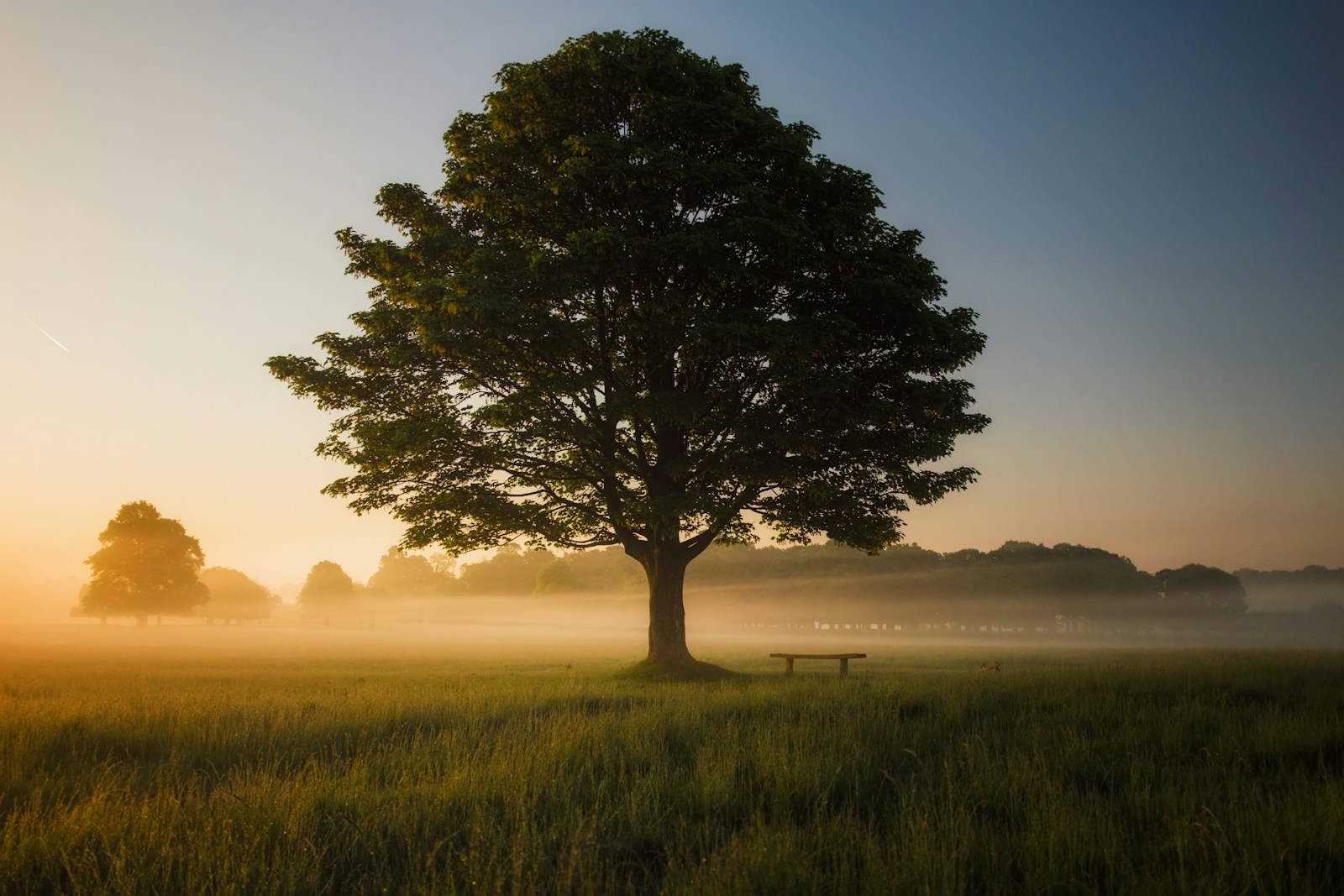Kentucky bluegrass often dies off under trees due to a combination of factors such as shade, competition for nutrients and water, and the acidic environment created by falling leaves.
Why Is My Kentucky Bluegrass Dying Off Under My Trees?
If your Kentucky bluegrass is struggling or dying off under your trees, you are not alone. This issue is common for many homeowners and can be attributed to several environmental and biological factors.
Factors Affecting Kentucky Bluegrass Growth Under Trees
- Shade:
- Kentucky bluegrass thrives in full sun and struggles in shaded areas. Trees, especially those with dense canopies, block sunlight, reducing the amount of light that reaches the grass. This lack of sunlight inhibits photosynthesis, weakening the grass over time.
- Competition for Water and Nutrients:
- Trees and grass both compete for the same resources—water and nutrients in the soil. Trees, with their extensive root systems, often outcompete grass, leaving the grass with insufficient water and nutrients to sustain healthy growth.
- Soil Compaction:
- The area under trees often experiences higher foot traffic, leading to soil compaction. Compacted soil restricts root growth and reduces water infiltration, making it difficult for grass roots to establish and absorb nutrients.
- Leaf Litter and Debris:
- Fallen leaves and debris from trees can create a thick layer over the grass, blocking sunlight and trapping moisture, which can create a damp environment conducive to fungal growth and other diseases.
- Acidic Soil:
- Some trees, like oak and pine, can acidify the soil as their leaves decompose. Kentucky bluegrass prefers neutral to slightly acidic soil, so increased soil acidity can inhibit its growth.
Solutions for Reviving Kentucky Bluegrass Under Trees
- Pruning:
- Trim the lower branches of the trees to allow more sunlight to reach the ground. This can help reduce the amount of shade and improve the growing conditions for the grass.
- Proper Watering:
- Ensure the grass receives adequate water, especially during dry periods. Deep watering can help grass roots grow deeper and access more nutrients and moisture.
- Aeration:
- Aerate the soil under the trees to reduce compaction. This improves water infiltration and root growth, providing better conditions for the grass to thrive.
- Mulching:
- Apply a thin layer of mulch around the base of the trees, but not directly on the grass. Mulch can help retain soil moisture and reduce competition from weeds.
- Soil Testing and Amendments:
- Conduct a soil test to determine the pH and nutrient levels. Based on the results, you can add lime to reduce soil acidity or apply fertilizers to address nutrient deficiencies.
- Choosing Shade-Tolerant Grass Varieties:
- If Kentucky bluegrass continues to struggle, consider overseeding with a shade-tolerant grass variety, such as fine fescue, which can better adapt to the conditions under trees.
FAQs About Kentucky Bluegrass and Tree Competition
How Often Should I Water Kentucky Bluegrass Under Trees?
Water deeply but infrequently, about once a week, ensuring the soil is moist to a depth of 6-8 inches. This encourages deeper root growth.
Can Mulch Help Improve Grass Growth Under Trees?
Yes, applying mulch around the tree base can help retain soil moisture and reduce competition from weeds. Just be careful not to cover the grass with too much mulch.
What Are Some Shade-Tolerant Grass Varieties?
Fine fescue and ryegrass are good alternatives that can tolerate shaded areas better than Kentucky bluegrass.
How Can I Reduce Soil Compaction Under Trees?
Regular aeration, reducing foot traffic, and adding organic matter to the soil can help alleviate soil compaction.
Is It Necessary to Fertilize the Grass Under Trees Separately?
Yes, grass under trees may require additional fertilization to compensate for the nutrients taken up by the tree roots.
Key Points to Remember
- Shade, competition for resources, soil compaction, leaf litter, and soil acidity are common reasons Kentucky bluegrass struggles under trees.
- Pruning, proper watering, aeration, mulching, soil testing, and choosing shade-tolerant varieties can help improve grass health.
- Regular maintenance and adjustments to care practices are essential to support grass growth under trees.




